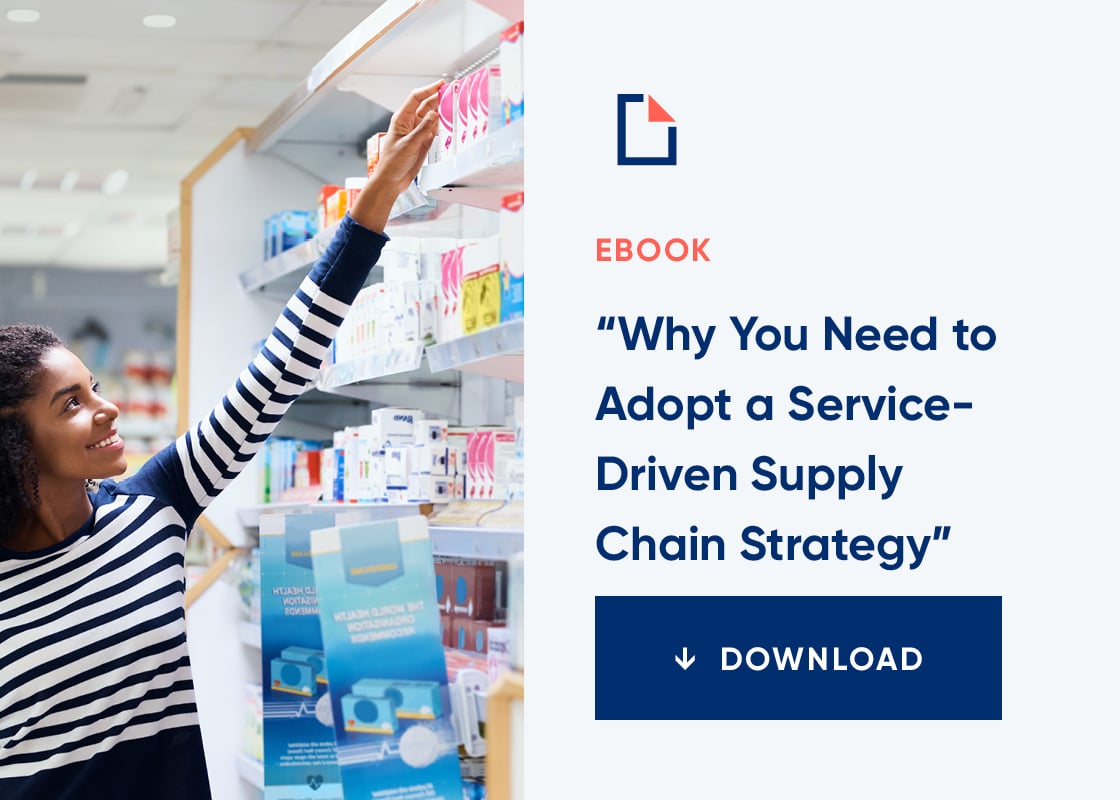Points to Ponder from the Gartner Supply Chain Executive Conference…and One Unanswerable Question
“What was once considered disruption now becomes strategy”. This line from the opening keynote got me thinking about the continuous evolution of markets and customer expectations. What seemed like a breakthrough just a few years ago is now mainstream. Keep redefining yourself or you’re in danger of losing market share–or worse, fading into irrelevance. And it’s tougher now than ever, with an unprecedented pace of change and proliferation of data and information. Guest keynote Peter Hinssen spoke of the importance of spending more time strategizing for the ‘day after tomorrow’ to adapt to changes and innovate to anticipate future consumer desires. Two common threads here are complexity and change. Here are a few places these themes popped up at the conference and how we can tie them back to a subject we love here at ToolsGroup: supply chain planning.
Automation is no longer the exception–it’s where you need to be. Talk about complexity and change–today’s supply chains are no longer describable as ‘chains’ but complex, orchestrated and adaptive systems whose processes flow in many directions, often simultaneously. All this complexity can’t possibly tamed even by an army of planners–80 percent of businesses surveyed are now automating processes, and it’s not just in the warehouse. Decisions in areas like demand planning are being made by machines, and it’s the gateway to autonomous operations. This is good news for us humans. There’s a skill gap, and businesses are frantically searching for people with a blend of technical and interpersonal skills. Relationship-building/customer collaboration and communication/influencing are at the top of that skill list. In supply chain planning, until organizations become more willing to take their hands off the wheel, there will always be a level of productivity and financial benefits that will remain unattainable.
The need for customization and personalization requires management of complexity. I spoke with an analyst about the almost absurd levels of service that are now expected and even demanded by consumers today. We place an online order and want each item as fast as possible, even the same day, but oh by the way we also want the vendor to prioritize sustainability and use less shipping packaging. Different customizations require separate branding and packaging, causing extreme complexity in supply chain, and escalating SKU counts. So it makes sense that those that those companies that learn to tame complexity as a way to better serve customers have a pretty good chance of coming out on top.
Companies like American Tire Distributors are reinventing themselves to better service customers. Before American Tire Distributors (ATD) could be the connected and insightful automotive provider it needed to be to earn customer loyalty, it had to tackle some tough supply chain challenges. A massive number of SKUs, a long tail of very slow-moving items, and high customer expectations created a difficult balancing act between service and working capital. ATD had a complex end-to-end problem to solve—and smartly created a roadmap to tackle it, starting with strategic S&OP and moving into demand planning and inventory optimization. Even early-on in the project the service-driven approach is paying off, including a more collaborative internal operation, market share growth, and differentiated, insight-driven sales. What do customers want? Companies like ATD are using supply chain planning to figure out how to deliver exceptional service and tame complexity–and do it profitably.
Achieving forecast accuracy is still top-of-mind – but is it worth it? In Steven Steutermann’s standing-room-only session many people gasped at the chart showing 80 percent forecast accuracy as ‘best-in-class’. At ToolsGroup where we work with businesses with extreme demand uncertainty we know well that companies are trying to boost planning outcomes by focusing on what seems instinctively right–improving forecast accuracy. But to address the kind of demand volatility most companies experience today, raising forecast accuracy can reach a point of diminishing returns. It is more useful for predictable, fast-moving items. To improve service levels for the more complex side with slow-moving, long-tail items, it’s critical to focus on more than just forecast accuracy: it’s critical to achieve a smart inventory mix. Inventory must serve the demand by taking into account the probability and size of the order. Coming back to Steven’s session, he shared that “Linking forecast accuracy to a short-term response capability places a company in the best position to execute an agile supply chain response.”
Believe it or not, the forecast accuracy question wasn’t the unanswerable one, or at least it isn’t the only one in this blog. The question is, how many old faces–better stated, old friends’ faces–can a supply chain practitioner see at the Gartner conference? It’s starting to feel a little more like a reunion for many of us. Perhaps I’ll know better after a few more years. Cheers to old friends and new connections and to the conversations that trigger ideas for the ‘day after tomorrow’.







